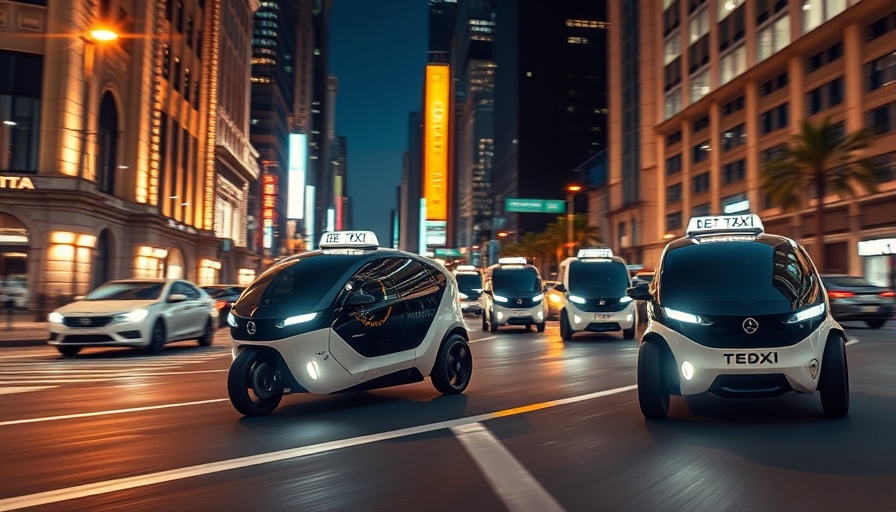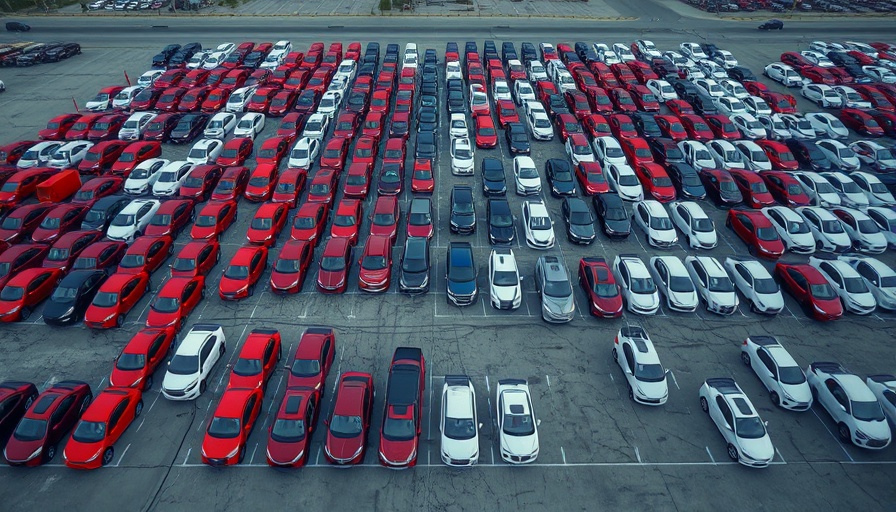
The Rebirth of Robotaxis: Transforming Shared Mobility
As the concept of robotaxis continues to capture the imagination of innovators and investors alike, the question arises: will they stage a comeback for shared mobility? With the continuous evolution of technology and changing consumer preferences, robotaxis could offer a sustainable and convenient solution to urban transportation woes.
Navigating Urban Woes: The Promise of Robotaxis
Urban transportation is under duress. Traffic congestion, pollution, and the need for efficient travel are pressing issues that robotaxis aim to resolve. These self-driving vehicles promise to provide seamless rides without the hassles of ownership, enhancing the shared mobility experience. The integration of autonomous technology offers an unprecedented opportunity for automakers to rethink how they approach the mobility marketplace, positioning robotaxis as a potential core service in urban areas.
Challenges Ahead: Why Robotaxis Haven't Taken Off Yet
Despite the high hopes, several barriers have stymied the widespread adoption of robotaxis. Regulatory hurdles, safety concerns, and technological challenges pose significant issues for investors and developers. In many regions, laws and regulations are not yet formulated to accommodate fully autonomous vehicles, which can inhibit testing and deployment. Furthermore, public perception of safety and reliability remains a significant challenge, affecting potential ridership and, inherently, profitability.
Lessons from the Past: What We Can Learn
The early days of shared mobility initiatives provide valuable insights into the potential hurdles facing robotaxis. Many ridesharing companies faced criticism due to safety incidents and regulatory hurdles. By understanding these challenges, particularly in the context of consumer trust and regulatory compliance, robotaxi startups can implement strategies to address these concerns, framing their offerings as secure and reliable alternatives.
The Future of Urban Mobility: Integration with Current Trends
As urban areas look to innovate transportation systems, the integration of robotaxis with existing mobility options presents an exciting potential. By positioning these autonomous vehicles alongside established ridesharing and public transport services, cities can create a comprehensive urban transport ecosystem. Enhanced public-private partnerships could see robotaxis complement city initiatives aimed at reducing car ownership and promoting shared transportation models.
Taking Action: What This Means for Dealers and Auto Sales Training
As we consider the future viability of robotaxis in the shared mobility sector, dealership owners and general managers must contemplate how to adapt their business models to align with these emerging trends. Auto sales training programs can incorporate insights about autonomous technology and evolving consumer preferences, preparing sales teams to engage tomorrow's customers effectively.
Understanding the technological advancements behind robotaxis can inform dealership discussions, providing prospective buyers insights into the changes reshaping the automotive landscape.
Conclusion: Embracing the Future of Mobility
With considerable investment and technological advancements, robotaxis could very well reshape urban transportation. The key is for stakeholders—including dealers—to remain agile and informed about trends and consumer expectations. The future of mobility is on the horizon, and staying ahead could mean the difference between thriving and merely surviving in the ever-competitive automotive sector.
 Add Row
Add Row  Add
Add 

 Add Row
Add Row  Add Element
Add Element 




Write A Comment